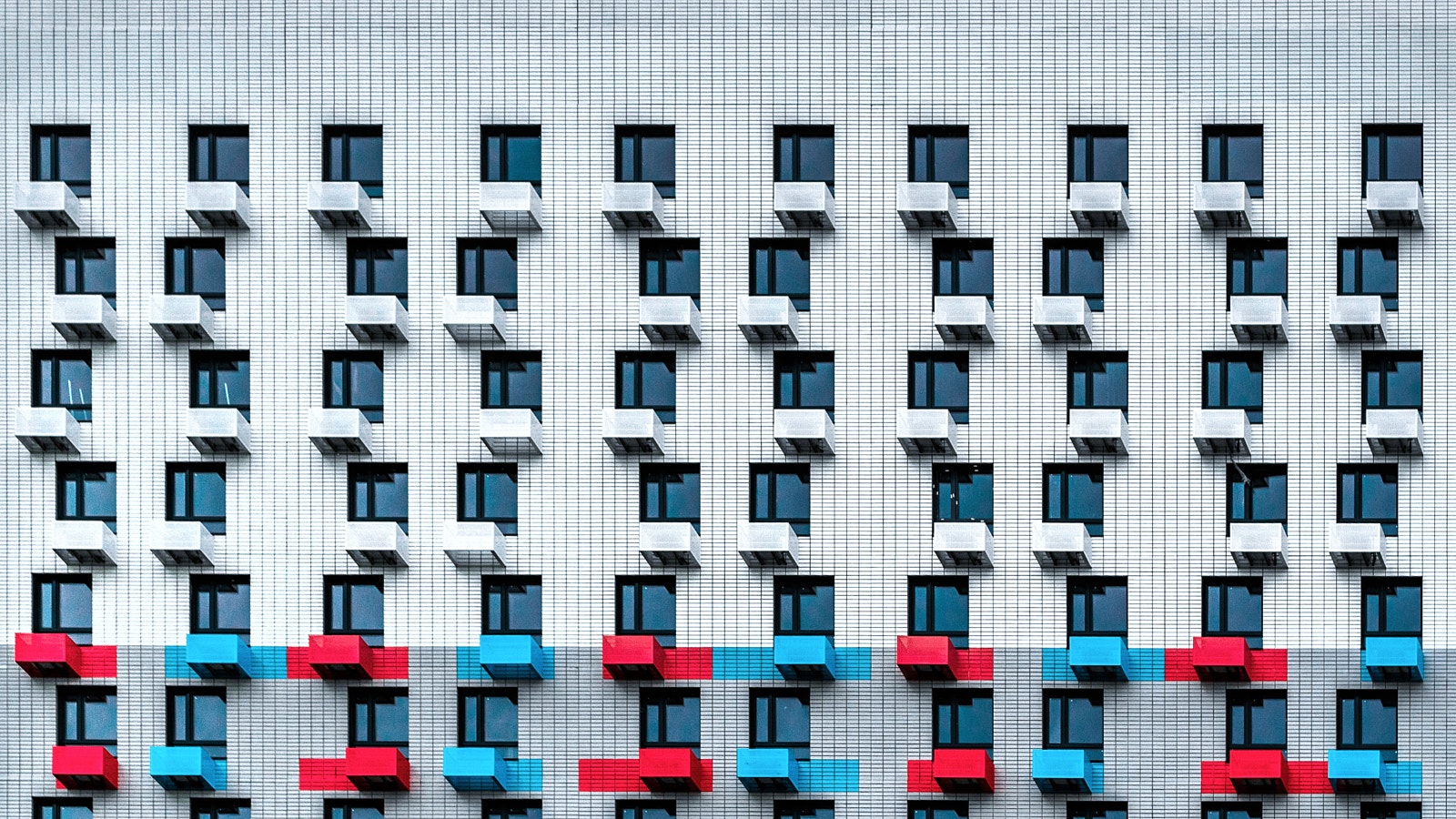Cover photo: Minimalism by Roman Alyabev
Apple’s 2017 developer conference has just wrapped up, and there have been some pretty interesting developments—especially when it comes to photography.
Apple Announces HEIF
Apple just offered up JPEG’s replacement, and it couldn’t come soon enough.
Apple began telegraphing this move a year ago at the 2016 conference. They had rebuilt the iPhone’s image pipeline to fully support both wide and deep color (capturing 10-bit RAW straight from the camera sensors). The one thing that was clearly missing, though, was a way to save those files without resorting to lossless compression.
High Efficiency Image Format—HEIF—isn’t an Apple-invented format. It’s actually a standard created by the MPEG group, and it’s a container rather than a format. In Apple’s case, they’re using it to wrap still images compressed with the HEVC (a.k.a H.265) codec. The container is incredibly flexible, and can also store multiple images, audio, depth information, image sequences, thumbnails and many others—which makes it perfect for Apple’s Live Images and dual camera systems.
Apple’s built HEVC deeply into their systems, with hardware accelerated encoding and decoding the most recent hardware on both the iOS (A9 chip or better) and macOS (6th Generation Intel Core processor or better) and software fallbacks on older hardware.
Left: 67KB JPEG. Right: 41KB HEVC
Photo: “Pink Lemonade” by Angela Perez
So Why HEVC?
JPEG is 25 years old and showing its age. Compression has become a big deal as we’ve moved to 4K and HDR video, and HEVC was developed to compress those huge video streams. Luckily HEVC also has a still image profile. The format doesn’t just beat JPEG, JPEG 2000, JPEG XR, and WebP—it handily crushes them. It claims a 2 to 1 increase in compression over JPEG at similar quality levels. In our tests, we’ve seen even better levels, depending on the subject of the image.
By using it internally on the camera, it means storing twice as many images in the same space. People with full iPhones are weeping with joy.
Think about it for a second—if we could reduce every picture delivered on the web by two times and have it look the same (or better)… game changer.
What About BPG?
In 2014, an ingenious new file format popped up that had everyone excited (including us). Fabrice Bellard, a well known programmer and the creator of FFmpeg, wrapped HEVC’s Still Picture profile (with support for up to 14-bit color) into a container suitable for imagery and dubbed it BPG. It also supports all the bells and whistles: alpha channels; lossless compression; EXIF, ICC & XMP metadata; and animation.
Unfortunately, the format never quite caught on. HEIF has all the benefits of BPG, and a few extras, including the extra media types mentioned above (depth information, images sequences, etc.).
There is one thing the BPG has that Apple’s HEIF implementation currently doesn’t: 12 & 14 bit depths—although it does support 10 bits (more than 8 bits should excite photographers plagued by banding in those epic sunset shots). HEVC and HEIF support up to 16 bits per sample—we’ll have to wait and see how Apple’s implementation deals with them.
With Apple and the standards body behind it, we’re hoping this time we’ve found the solution.
Left: 156KB JPEG. Right: 135KB HEVC
Photo: “Raining” by Kutub Uddin
Apple’s Implementation
For use on Apple’s own platforms, the implementation will be invisible, using HEIF whenever an image is taken or saved. Things get trickier when dealing with the outside world. For now Apple has elected to convert to old-style formats (such as JPEG) when dealing with external platforms . If the HEIF format becomes more widely accepted, this could easily change. Apple will also fall back to the older standards when using their systems that don’t offer support for HEIF (i.e. older hardware and older versions of the OSs).
It remains to be seen if Apple will recompress all of your current images using the new system. It would reduce disk usage by 50% with (probably) imperceptible changes to image quality, but would probably make pros nervous. Hopefully it’s at least an option for those most concerned about storing more images.
Patently Not Obvious
So are there downsides? HEVC is patent encumbered, and heavily so. As more devices include HEVC hardware decoding, this should become less of an issue. Theoretically, if the company producing the hardware includes HEVC support and pays the license for it, everything should be in the clear. If the device doesn’t have HEVC decoding hardware, and you’re decoding it in software, you should still be good… theoretically. It would be great if Apple discusses some of the formalities around licensing.
Real-World Use
Nokia has provided a Javascript decoder that allows displaying HEIF files without official browser support or a plugin. Even without hardware support, the Javascript implementation is very usable. Apple will probably offer support in Safari, but it’s hard to say if the other major browsers will offer up native implementations.
Left: 173KB JPEG. Right: 160KB HEVC
Photo: “bearded man with glasses tending to urban garden” by Joshua Resnick
What Comes Next?
Wider adoption from companies like Adobe will be critical for HEIF’s wider success. The younger upstarts like Affinity Photo and Pixelmator who are heavily Mac-optimized will probably jump on this quickly.
What does it mean for 500px? We know the time, effort, and care photographers put into creating their photos, from the start of the shoot to the final edit. Excellent quality is consistently a top priority. If photographers become able to upload photos of 10 bit colour or higher to our site, we would be able to display the best possible versions of their work. And everyone would win if we could drastically cut down the size of files we’re delivering. We’ll continue investigating and testing options on our backend as the betas of the OSs roll out.
What does this mean for photographers? A quick summary:
- Starting with the release of Apple’s macOS High Sierra and iOS 11 on supported hardware, iPhone/iPad cameras will capture and process images in a new, modern file format – HEIF
- With HEIF, you’ll be able to store twice as many photos in the same space AND have them look better
- Because size is cut in half with HEIF, both upload and download times can be effectively cut in half
- The format includes support for 10-bit deep color images, solving issues with banding in photos
A note about the images in this article: Sample images were resized to 2048 pixels on their longest edge and saved as uncompressed PNGs. HEVC images were created using the opensource x265 compressor version 2.1 and BPG command line tools (although we tested BPG files, HEIF files should be effectively the same size). JPEG files were exported from Photoshop to match the size of the HEVC file as closely as possible, with the benefit always given to the JPEG files. 600 pixel square crops were saved as lossless PNGs at a 200% zoom level for comparison.










Leave a reply